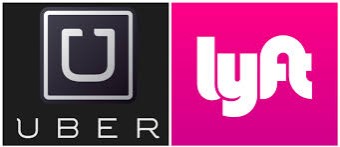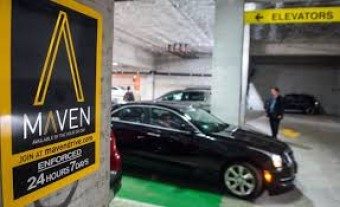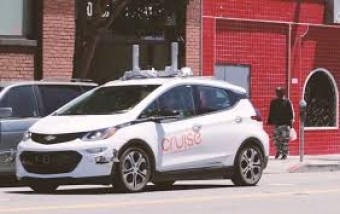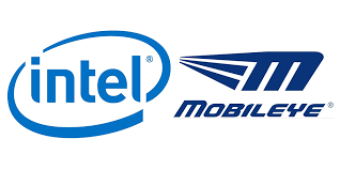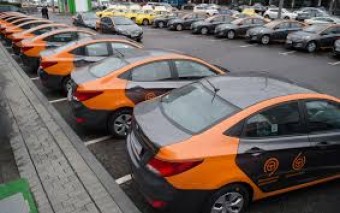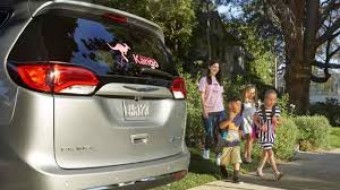Uber And Lyft might be toast
Uber and Lyft can’t survive the transition to autonomous ride-hailing without cooperation from car manufacturers. Uber and Lyft have nothing that car manufacturers need, so cooperation is unlikely to be forthcoming over the long term. The default scenario is bankruptcy; the best case scenario might be acquisition at a small fraction of current valuations.
Introduction: the existential threat
Human drivers can’t compete with self-driving cars in the ride-hailing market. Uber and Lyft therefore can’t compete with forthcoming autonomous ride-hailing services like Tesla’s planned Tesla network, GM’s Cruise Anywhere or Ford’s as yet unnamed service. This is why Uber’s former CEO Travis Kalanick reportedly called self-driving an “existential threat” to Uber. Uber and Lyft’s survival therefore depends on transitioning to autonomous ride-hailing. Unfortunately for these two companies, this doesn’t look likely.
The no-win scenario
Uber and Lyft lack any manufacturing capacity, so they are beholden to car manufacturers that won’t be eager to share revenue if they can avoid it. As I just mentioned, Tesla and GM are building their own autonomous ride-hailing services. While GM currently has a strategic partnership with Lyft, it is unlikely to last long-term. Ultimately, GM has what Lyft needs and Lyft has nothing GM needs. The same goes for Uber’s partnership with Daimler.
This is the same fundamental problem faced by Alphabet’s Waymo, Intel’s Mobileye and Apple. Car manufacturers’ cooperation is needed, but they have no incentive to give it. Unlike Alphabet, Mobileye and Apple, however, Uber and Lyft have no means to buy a car manufacturer.
Ride-hailing is the easy part
You might object that GM needs Lyft’s ride-hailing competence. But experience with human-powered ride-hailing has limited usefulness in building an autonomous ride-hailing service. If a company can develop full self-driving software, it can make a ride-hailing app. Many traditional taxi companies have launched their own apps in response to Uber and Lyft. These apps aren’t as good as Uber or Lyft, but plug them into self-driving cars and both the price and service would be superior.
Conversely, if a company can’t crack self-driving, there is no point working on a ride-hailing app. If you have an app but no cars, the app is useless. Investors should not therefore put any importance on whether a company already has a ride-hailing app.
The prognosis looks dire
Uber and Lyft can’t survive if other companies launch autonomous ride-hailing services before them. They can’t launch autonomous ride-hailing services without cooperation from manufacturers, which is currently occurring to a minor extent but is likely to be withheld when the stakes are higher. The default outcome, then, is that they go bankrupt.
A combination of companies’ announced timelines (e.g. Tesla’s and Ford’s) and forecasts from research reports by ARK Invest and RethinkX puts the launch of the first autonomous ride-hailing service in the 2019-2021 range. This means that Uber and Lyft have two to four years to completely turn things around. Is this possible?
Continue reading…
https://seekingalpha.com/article/4099080-uber-lyft-might-toast?page=2
• What do Uber and Lyft have that car manufacturers need?
